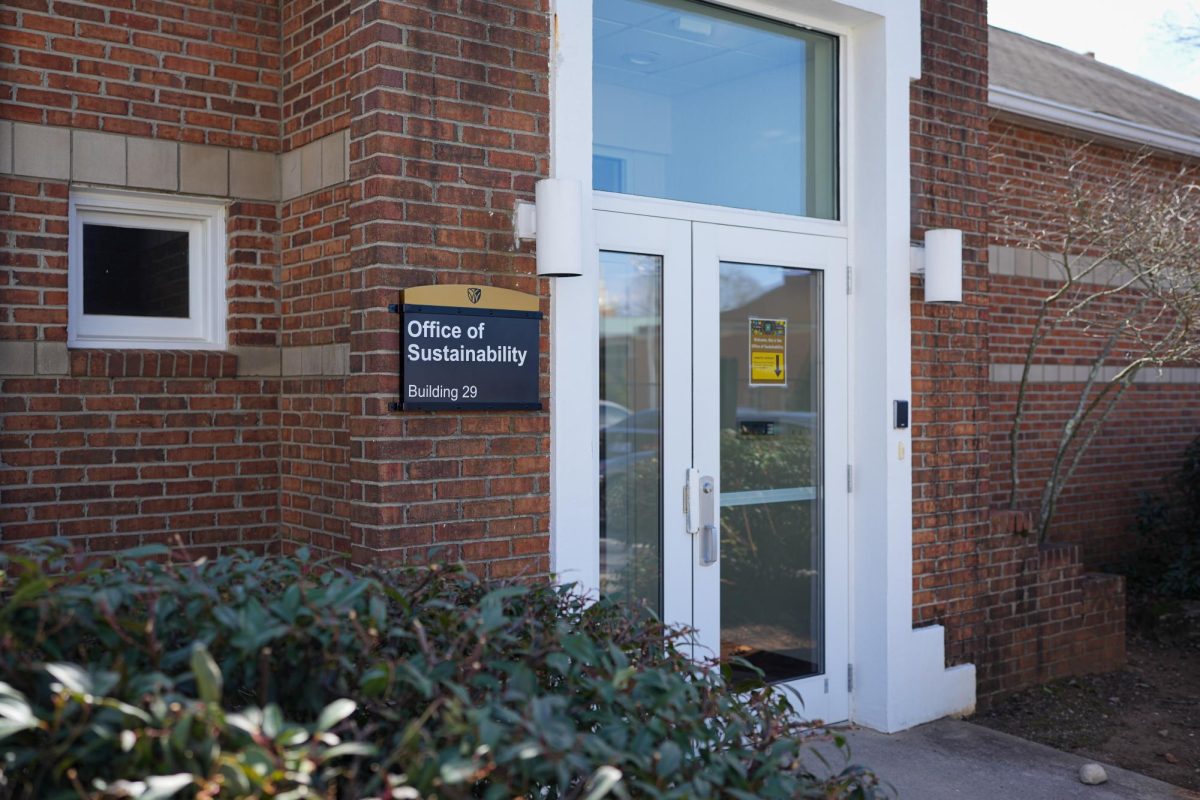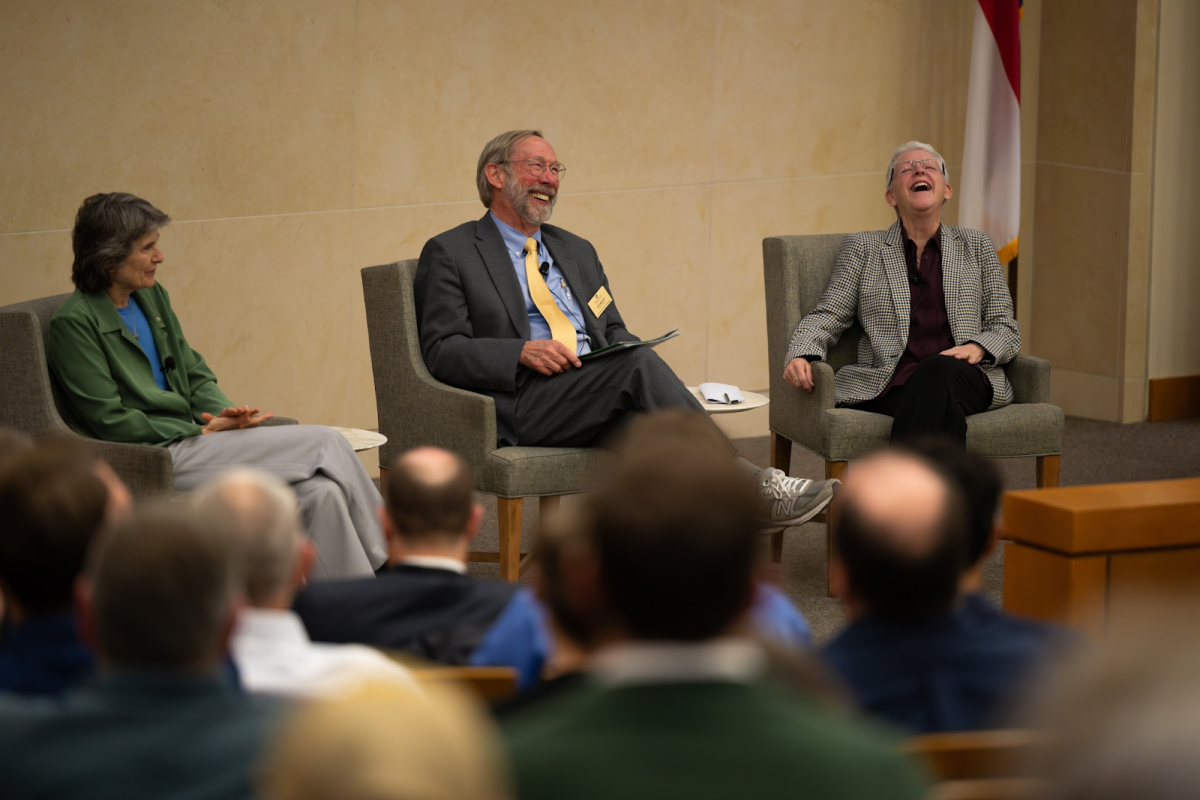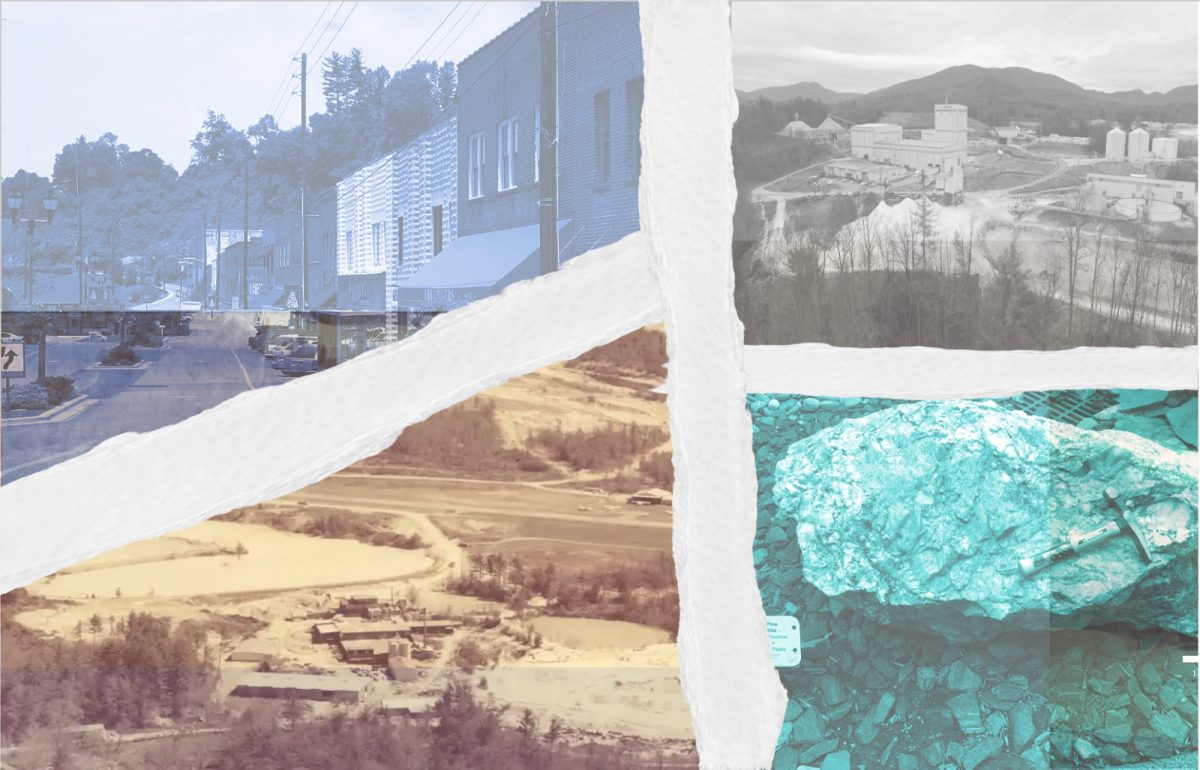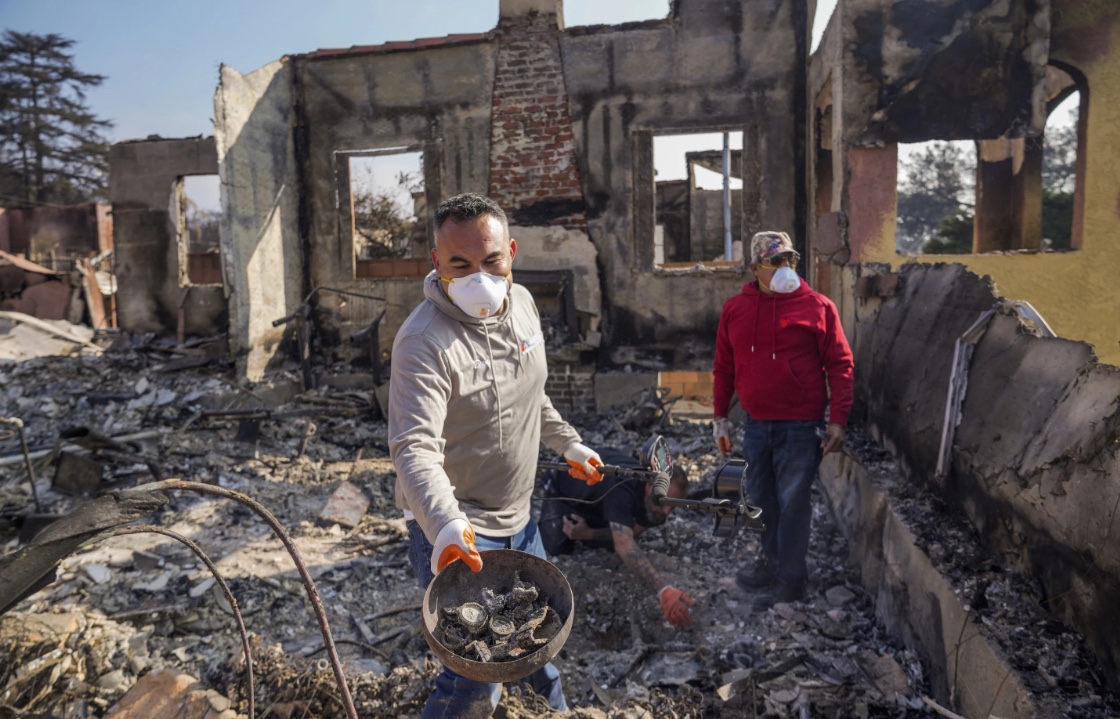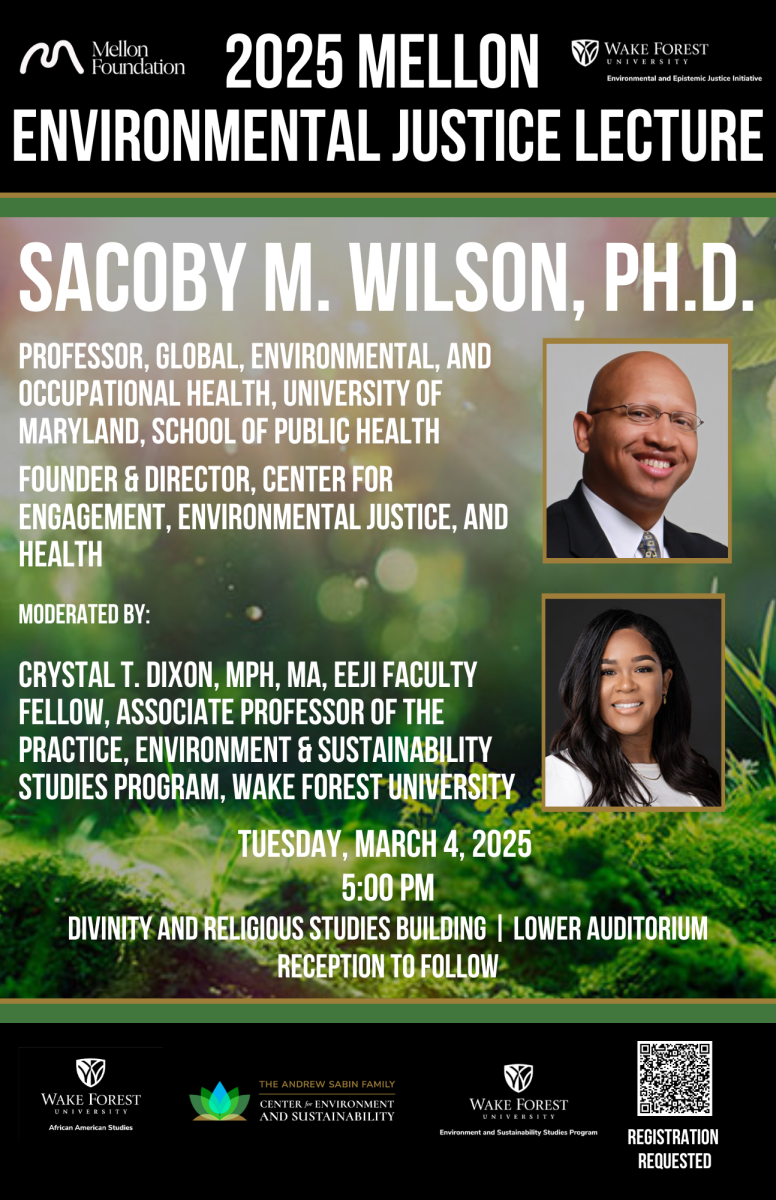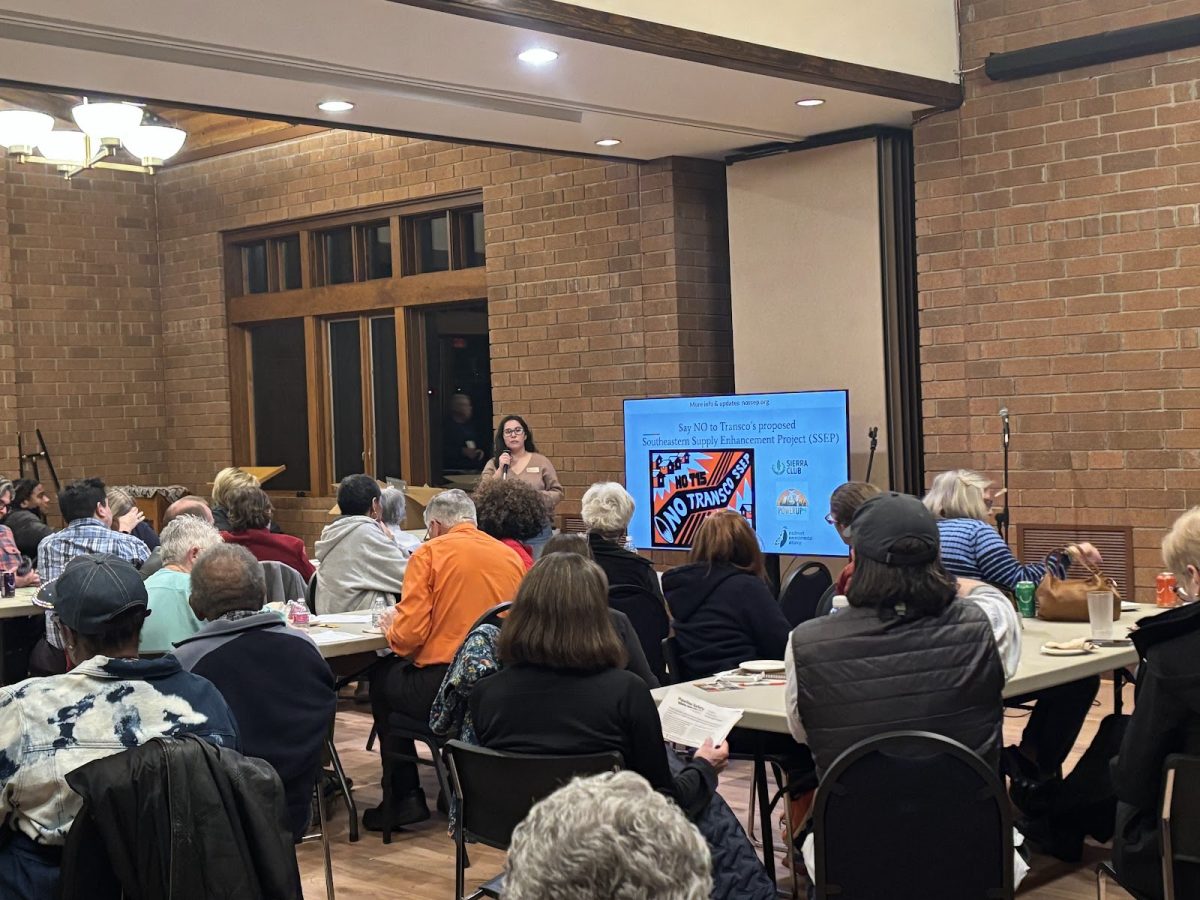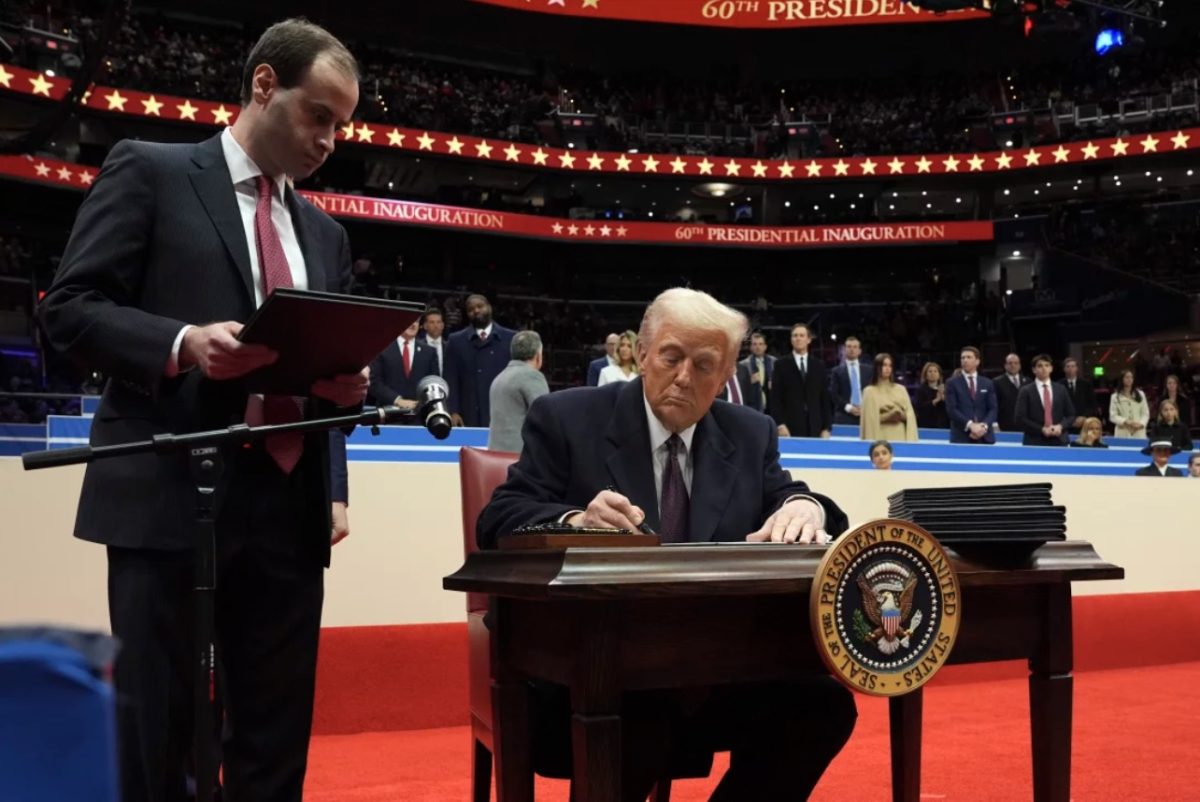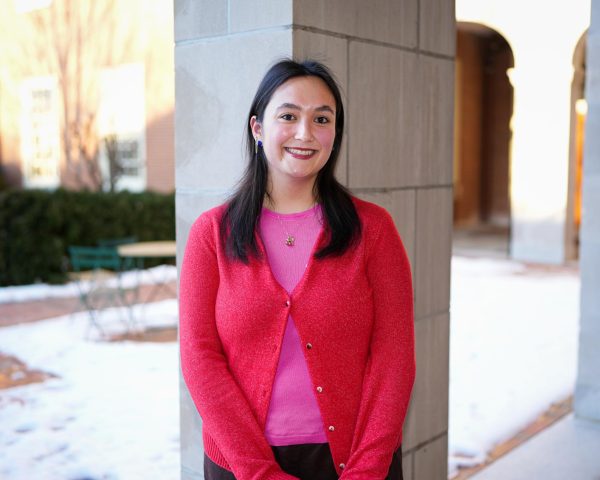Climate change often dominates the news with upsetting headlines about rising temperatures, natural disasters and harmful emissions.
But not all sustainability news is negative.
“It’s always about finding that sort of happy medium between what’s most impactful and what people are going to get excited to get involved in,” said Brian Cohen, assistant director of sustainability engagement. “Anything that accentuates community, where people can do things together as groups of friends, tends to draw more people out.”
Wake Forest University’s Office of Sustainability, founded in 2009, collaborates with a range of campus partners to integrate sustainability into all areas of the campus.Its 2020 Sustainability Strategic Plan lays out two goals to achieve this: 1) develop a comprehensive plan on campus to achieve climate neutrality by 2040, and 2) introduce at least half of the student body to disciplinary-specific teachings through cross-curricular sustainability learning.
While these initiatives strive to impact the environment, they also aim to encourage students to incorporate sustainability into their everyday routines.
Goal one: intern initiatives
The office uses student internships that help various university partners reach climate neutrality, or net-zero greenhouse gas emissions. There are currently 12 interns, each of whom specializes in one initiative on campus. Cohen said the interns’ programs are successful in part because students sometimes respond better to relaxed and friendly environments than professional events created by adults.
“We trust not just our interns,” Cohen said, “but our sustainability ambassadors and sustainability leadership group (SLG) members to figure out the best way to reach people.”
SLG allows first-year students to gain leadership experience with a sustainability project they design and execute. Owen Sawyer, sophomore and SLG student coordinator intern said that students also reach their peers easily because they are involved in other campus organizations
“It’s really interesting to look at sustainability through the lens of somebody who doesn’t necessarily have it at the forefront of their mind,” Sawyer said. “Obviously, if you’re getting involved with the office in any capacity, you’re really passionate about [sustainability].
He continued: “But even things like tabling or doing the Earth Day events help you to reframe how you look at sustainability to see that involvement isn’t going out and volunteering every day. It’s little steps.”
John Gibson, Earth Month programming intern, said that emailing students about programs is not sufficient, and that word of mouth and seeing events ongoing are more effective advertisements. One example, according to Gibson, was the donation bins for dorm room items that were placed outside of residence halls during move-out.
“The events which have taught students the most have been the very visual ones,” Gibson said. “I think everyone knows we should try and reduce waste, but many people forget it when they come to college. This initiative acts as a great reminder for students that what may be worthless to you still holds value and can be donated to someone else.”
Goal two: education
The office visits classes to teach lessons and has created first-year seminar courses to incorporate sustainability practices in academic settings. Krista Stump, engaged and experiential learning for sustainability manager, said that it is important to show students that sustainability touches so many areas of everyday life.
“Regardless of what you’re studying, business or philosophy or math, there’s a way to integrate sustainability into what you’re already learning,” Stump said. “When students graduate, they’re going to be a leader, and we want them to have some knowledge about how they have a positive impact on sustainability initiatives.”
Stump said the classes she visits will frequently use one of the many learning spaces on campus, including the Reynolda trail and wetlands. One class she taught was Introduction to Engineering Experimentation, where students designed water filtration devices and water sensors for these Reynolda areas.
“Students are very interested,” Stump said. “They participate more in experiential learning because it’s more engaging. It’s adding something new, interesting and fun, and frames learning in a more hands-on way.”
Sophomore Jalyn Walters, one of three campus garden interns, said that interactive learning spaces are effective because students can visualize the impact their actions have on the environment.
“This position has helped me so much to not only learn about regenerative agricultural practices such as composting, tilling alternatives, and crop rotation,” Walters said, “but also to be able to educate others on how farming can be harmless, and even beneficial, to the area around you, and can also make your food healthier.”
A greater reach
While the university takes steps every day to reach climate neutrality, the Office of Sustainability’s work is never done. Cohen said that engaging students is an ongoing process and is something that his office keeps in mind when planning all initiatives. He said while free food or prizes draw students to events, they try to find subjects that interest students enough to retain them without handouts.
“I don’t think there’s a one-size-fits-all approach,” Cohen said. “I think it really depends on who we’re trying to reach. But the general rules are: make it fun and exciting. That can be an incentive in itself. We don’t necessarily have to give something out, but we want to find something that people are passionate about.”



